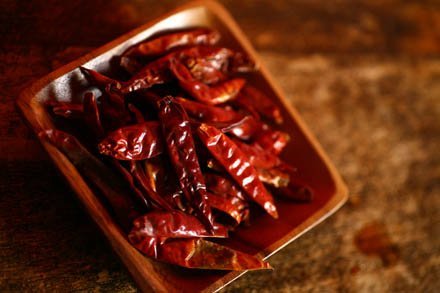
First, the bad news: not only is my post coming late to you this week, I don’t have a recipe either. Thing is, Mars is in Libra, and this means that my dedication to this bean project is being, um, balanced by other compelling things. That’s my story and I’m not changing it. I do apologize, but, like the proverbial double moon, I guess it happens. I won’t make a habit of it.
But, readers, I do have food for you. Or provisional truths about it, anyway. See, I’ve been busy crafting a syllabus, curriculum and sundry handouts for the college-level writing class I’m going to be teaching starting next week. I’ve put together a begin-at-the-beginning sort of thing for my students, a collection of miscellaneous admonitions on many points about writing.
Amazingly enough, most of them apply (with some kneading) to food as well.
1. Everything is food
The crab apples, the grass, the microbes in the soil. It’s all sustenance for something. Even the #2 PET bottles littering our landscape will eventually succumb to the law of entropy, and become broken down bits of broken down bits, food for something else. The trees drop their plums and the fleshy meat breaks down into basic minerals and elements, feeding the seed contained inside it. The trees drop their leaves to feed their very roots. Or, as Barbara Kingsolver eloquently phrased it, “this forest feeds itself and lives forever”. Nothing in this world is ever wasted.
2. Just because everything is food doesn’t mean you necessarily want to eat it
See again the landscape cluttered with Coca-cola bottles that have long lost their red slash. ‘Nuff said.
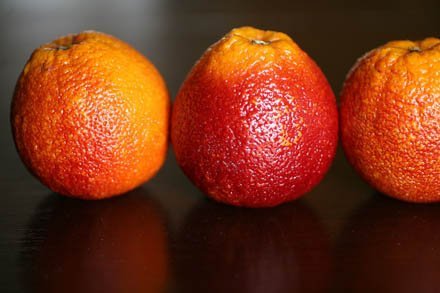
3. It’s okay to start anywhere
This one is a little harder to swing as a food rule, but there’s some merit to it. True, when you’re crafting a Red Velvet Cake with Black Raspberries, there’s little use for the raspberries in that formula if you haven’t constructed the cake. On the other hand, culinary art is like any other art, and this means that you must make the process your own and grab it at the end that inspires you.
In a practical kitchen, it makes sense to whip together an icing while the cake is in the oven. In the artistic kitchen, if it’s the icing that engages you, then by all means, make the icing first.
Likewise, it’s okay to start small. If the idea of soufflé overwhelms you, try frittata in a ramekin.
4. Sample often.
But then, I don’t need to tell you this. The experience of eating is what draws us to the kitchen in the first place, right? Still, I’m often asked by would-be writers if it’s really necessary to read so much. The only possible answer is yes. Likewise, if you want to cook, know that the way to learn about food is to experience it. Taste it, savor it, reverse-engineer it. This is the only road to understanding it. Eating makes you a better cook.
If you didn’t love food, why would you want to make more?
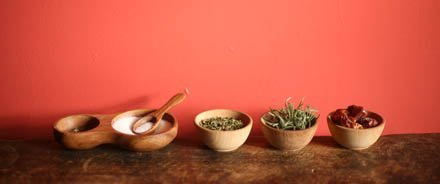
5. Adverbs and adjectives are mostly superfluous
Here I’m being metaphorical, since you wouldn’t really stir parts of speech into your soup.
What I’m getting at is simplicity: food that speaks for itself is the aim. Too much salt, sugar, colored sprinkles, clashing herbs, domineering spices – they are distracting and redundant at best, and quite possibly offensive. The most common mistake made by inexperienced cooks is using too many herbs and spices. For example, a touch of vinegar can lift certain flavors, like potato and tomato, out of the background, but just a splash too much can easily overwhelm your dish. In chili and soup, it’s tempting to throw in a pinch of each of those pretty herbs drying in your window, but blindly seasoning will mask the lovely fresh flavors of your base ingredients. Some combinations are more detrimental than others. Did you know, for example, that tarragon and basil are too similar in their licorice-like flavor to be combined successfully, and instead add bitter notes when used together?
This is the biggest mistake that inexperienced cooks make, thinking that more is better.
The way to ensure success is to begin with the freshest, most direct ingredients you can get your hands on. Farm stands in August — there just is not any bad food right now. This food is all action: it shines and sparkles and melts, it explodes with flavor and it lingers on the palate. Visit a local market today. and I promise you, things can only get good from there.
(Extra points if you noticed that mostly superfluous is an adverb-adjective lineup. And minus some points to me for not being able to help pointing this out…).
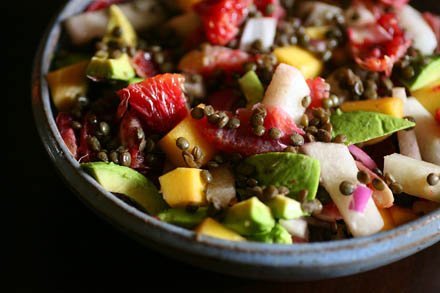
6. You don’t always have to hit it out of the ballpark
Give yourself permission to cook badly. It’s not a loss – you’ll only add black pepper to your coffee once. And you just may be surprised at how beautifully things come out.
7. Getting the ingredients in the pot is only half the job
Revision is the essence of cooking. What would chili be without the stir- sniff-taste-and-amend routine?
How you cook it is just as important as the ingredients you bring together. You can’t rush something through the oven. Pull it out too early and it’s raw. Kick up the heat and you end up with an unintentionally blackened tuna steak that remains cold inside. Let it breathe. Things need to be stirred, seasoned, indulged. Cooking takes time.
And then there’s the part of the process that you can’t touch. At a certain point you have to stand back and trust the outcome. Bread will rise until it’s finished rising. Certain ingredients, like mustard, magically emulsify oil and vinegar, or marry flavors like salty and sweet. What is the gestalt that occurs in those moments in-between, when the fortified wine is no longer Port and is not yet a reduction sauce? The sweet, tart, caramel outcome can’t be predicted from what you have in the bottle.
8. Break all the rules
It’s true that in cooking, as in writing poetry, you must know the classic structure before you can veer away from it. When you become a confident cook, though, you’ll start to bend the basic cooking principles. Eventually you might disregard them all together. Each time you cook a dish, you’ll add something of your own, or take something away, a sculpture forever in transition.
I dare you to regard a recipe as merely a template. You might add cinnamon to savory dishes. You might add coffee to casseroles to deepen the flavor. Would you rather use blue potatoes and leave the skins on when you’re mashing them? Do you hate pecans? The world is full of nuts to use instead.
This is one of the most thrilling parts of cooking, the satisfaction that comes from creating something entirely your own.
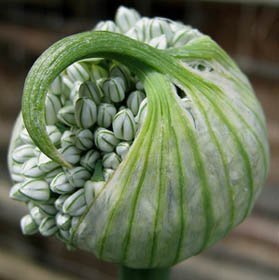
So, dear readers, revel in the mystery and trust that it will lead you where you need to go. It’s a never ending process, not just the dish you end up with, but the learning itself.
Get out there and over-salt, undercook, dare to burn. Get out there and learn. Go to your pantry, grab some odds and ends that were never meant to meet, and stir with confidence and a pinch of cockiness. Shake well, just to see what happens. Then come back here and share what you’ve learned.
I’ll be back with a recipe next week. Talk to you then!

Ah, beautifully stated. My hideous pumpkin icing thanks you for this post.
Hey B, I love this! Nice change of pace, too.
Once I tried to make maple glazed salmon by reverse engingeering it. I guess my sense of taste wasn’t all that developed yet because somehow I didn’t pick up on the maple, just the sweetness. So I tried sugar. I dusted the salmon in sugar and grilled it. It was funny, at least now I think so. Most of the sugar just fell off but some of it burned. It was the spottiest, least glazed salmon ever. then I looked up a proper recipe so I definitely learned from the experience.
Becky! What the heck is that green leaf filled with peppermint candy buds(?!)
Good luck with the course. We too are gearing up for the university year here in London ON.
Very thoughtful, Becky — better than a dime-a-dozen recipes.
Gilda,
It’s a garlic flower about to open. Amazing, no? I wish I could take credit for the photo but my brother shot that one. : )
damn fine writer
wish you were my neighbor